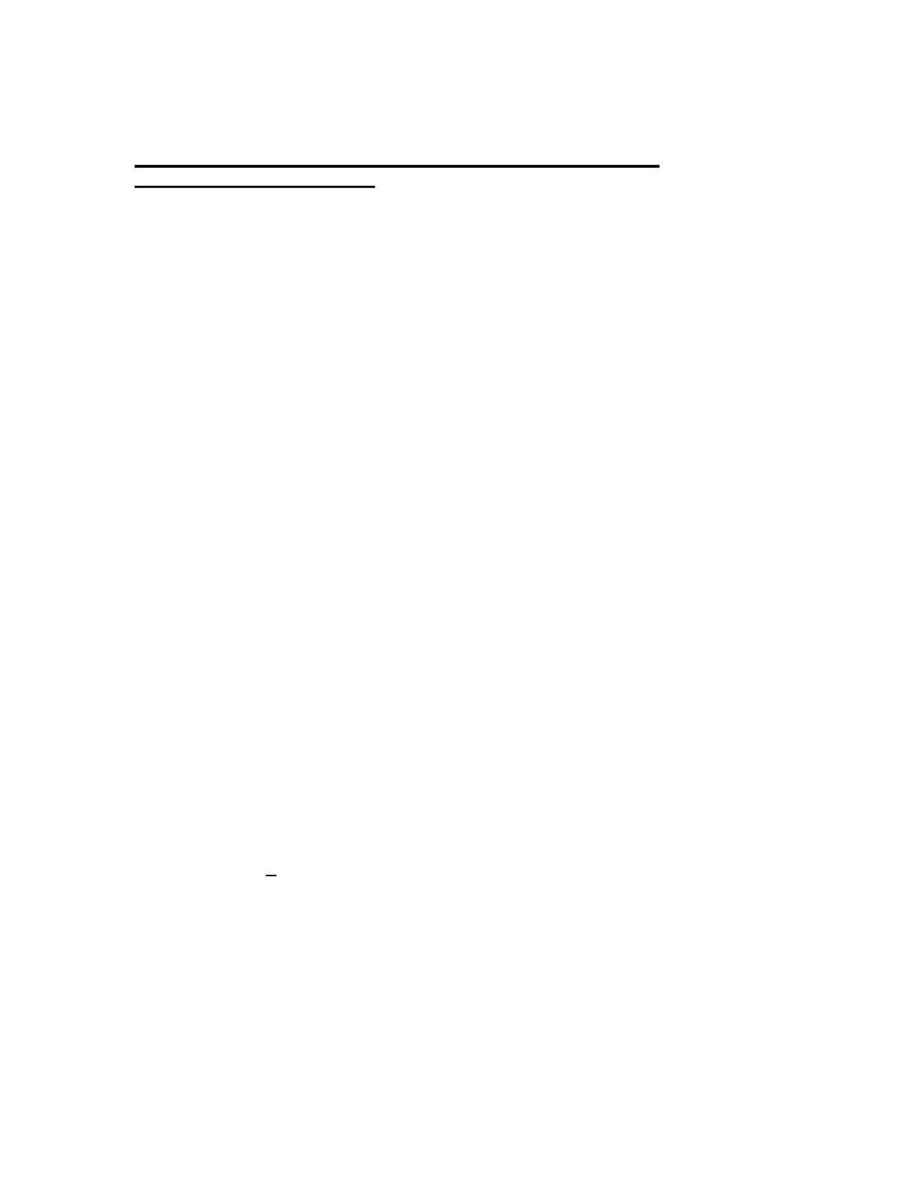
Abstract Presentations at the 2005 Wilderness Medical Society Meeting, Snowmass,
Colorado, July 23 to 27, 2005
Oral Presentation: Sumera Mehta, MD, Co-author Erick Hung, MD
WMS Houston Award Winner
A Randomized, Double Blinded, Placebo Controlled Clinical Trial Comparing
Gingko Biloba versus Acetazolamide for the Prevention of Acute Mountain Sickness
in Gradual Ascent
Sumeru G. Mehta, MD, MPH
1
, Erick Hung, MD
2
, Luanne Freer, MD
3
1
Brooke Army Medical Center, San Antonio, TX
2
University of California San Francisco Medical Center, San Francisco, CA
3
Bozeman Deaconess Hospital, Bozeman, MT
Introduction: With rising popularity in adventure travel and tourism to high altitude
alpine regions, there is increased interest in the prevention of acute mountain sickness
(AMS).
Objective: We conducted this study to assess whether prophylactic gingko biloba is more
efficacious than acetazolamide for the prevention of AMS during gradual ascent.
Methods: During a 6-week period from April through May 2004, 200 volunteer subjects
planning to trek to Everest Base Camp (5360m) from Lukla (2800m) were randomized to
1 of 4 treatment groups: gingko biloba, acetazolamide, combination (gingko and
acetazolamide) or placebo. Subjects and investigators were blinded to group assignment.
All subjects completed a demographic questionnaire and the Lake Louise Acute
Mountain Sickness Scoring System (LLS), a validated scoring system to diagnose AMS.
The LLS was also completed at three additional study sites of increasing elevation as
subjects ascended. The primary outcome measurement was AMS incidence as
determined by the LLS score. Secondary outcome measurements included pulse oximetry
reading, adverse drug events and incidence of AMS by age.
Results: Data on AMS incidence were available for 120/199 subjects. AMS incidence
was 39% for the ginkgo biloba group (11/28), 24 % for acetazolamide (7/29), 16% for
combined (5/30) and 42% for placebo (14/33). There was no statistically significant
difference in AMS incidence between the treatment groups (p = 0.092). Pulse oximetry
measurements were available for 93 subjects and no statistically significant difference
between the groups was found (p = 0.309). There was no statistically significant
difference in age between subjects with AMS (p=0.071). A significant difference in the
incidence of side effects with acetazolamide was found at all three elevations (Pearson
Chi-square test, p < 0.001).
Conclusions: We found no statistically significant difference in AMS incidence between
the subject groups. However we had high subject attrition, which limits the strength of
this conclusion. Incidence of AMS was lowest in the group taking combined gingko
biloba and acetazolamide. The incidences of adverse drug events were higher in the
acetazolamide and combination groups. Although the results of this study found no effect
of gingko biloba on AMS prevention, additional study with a larger number of subjects
may be warranted.
